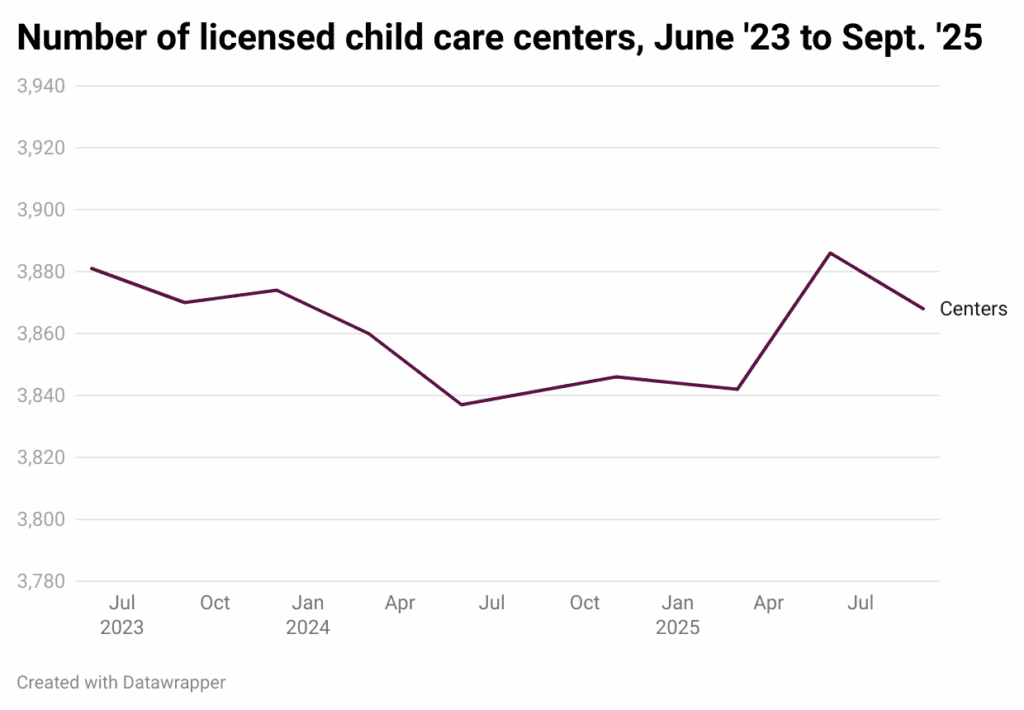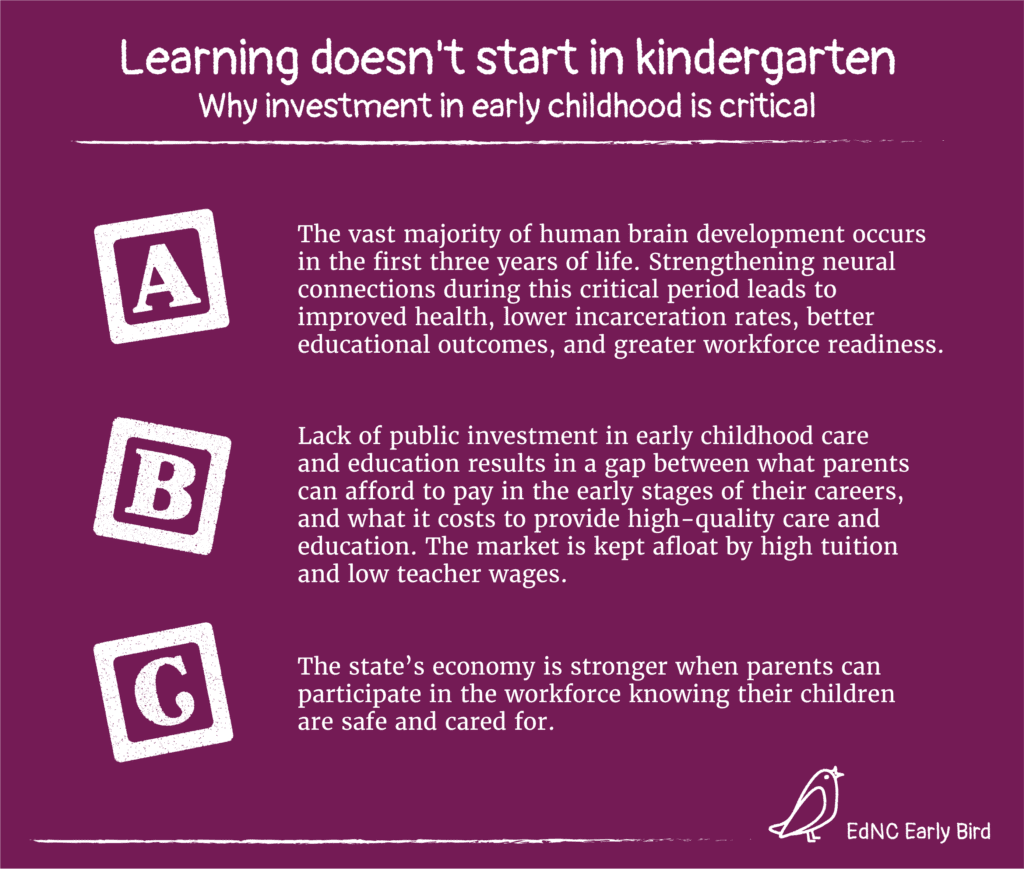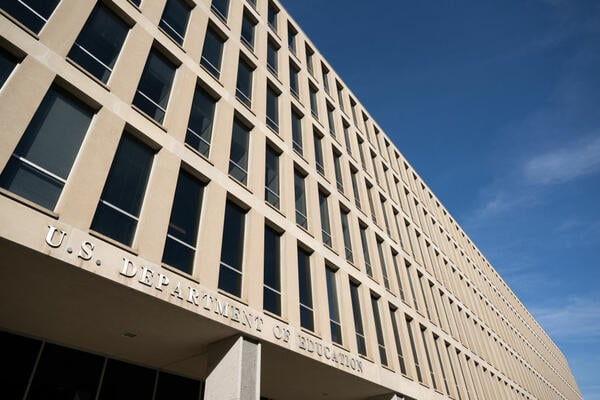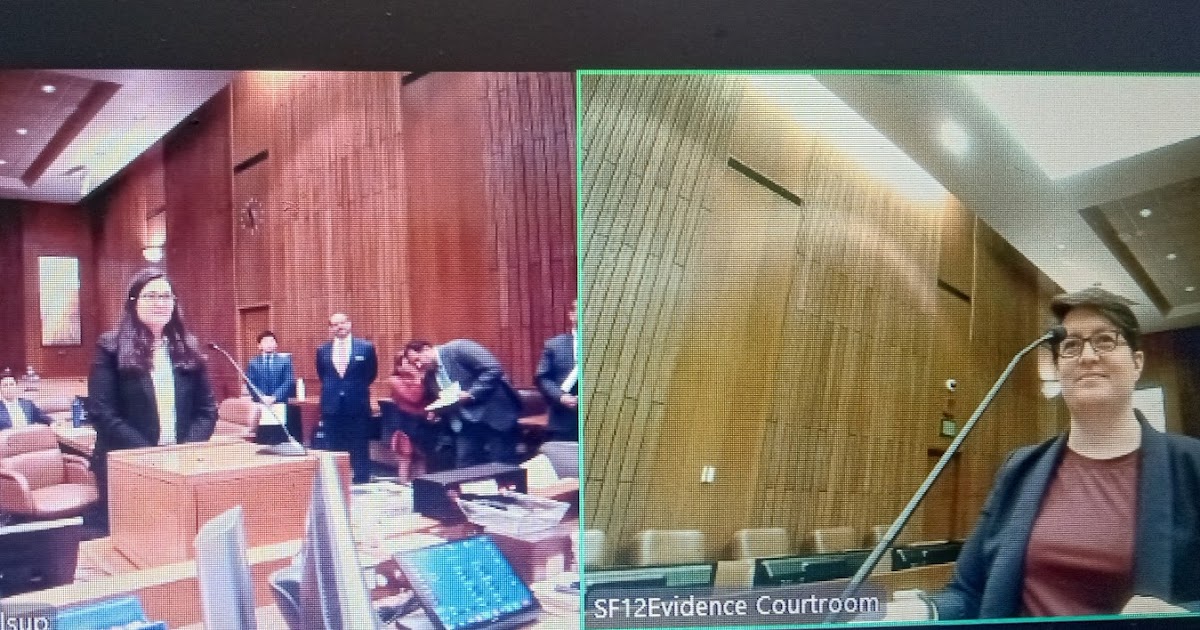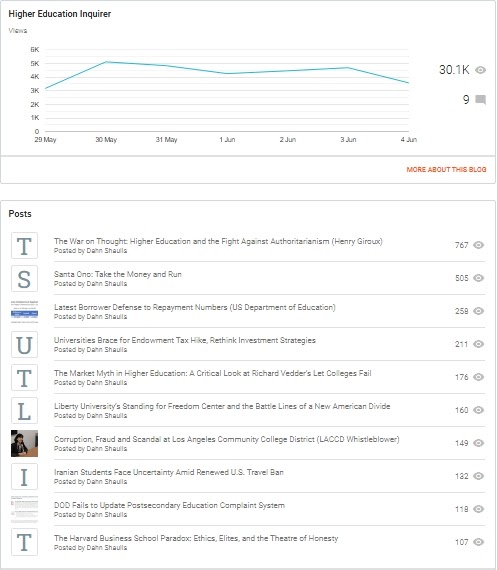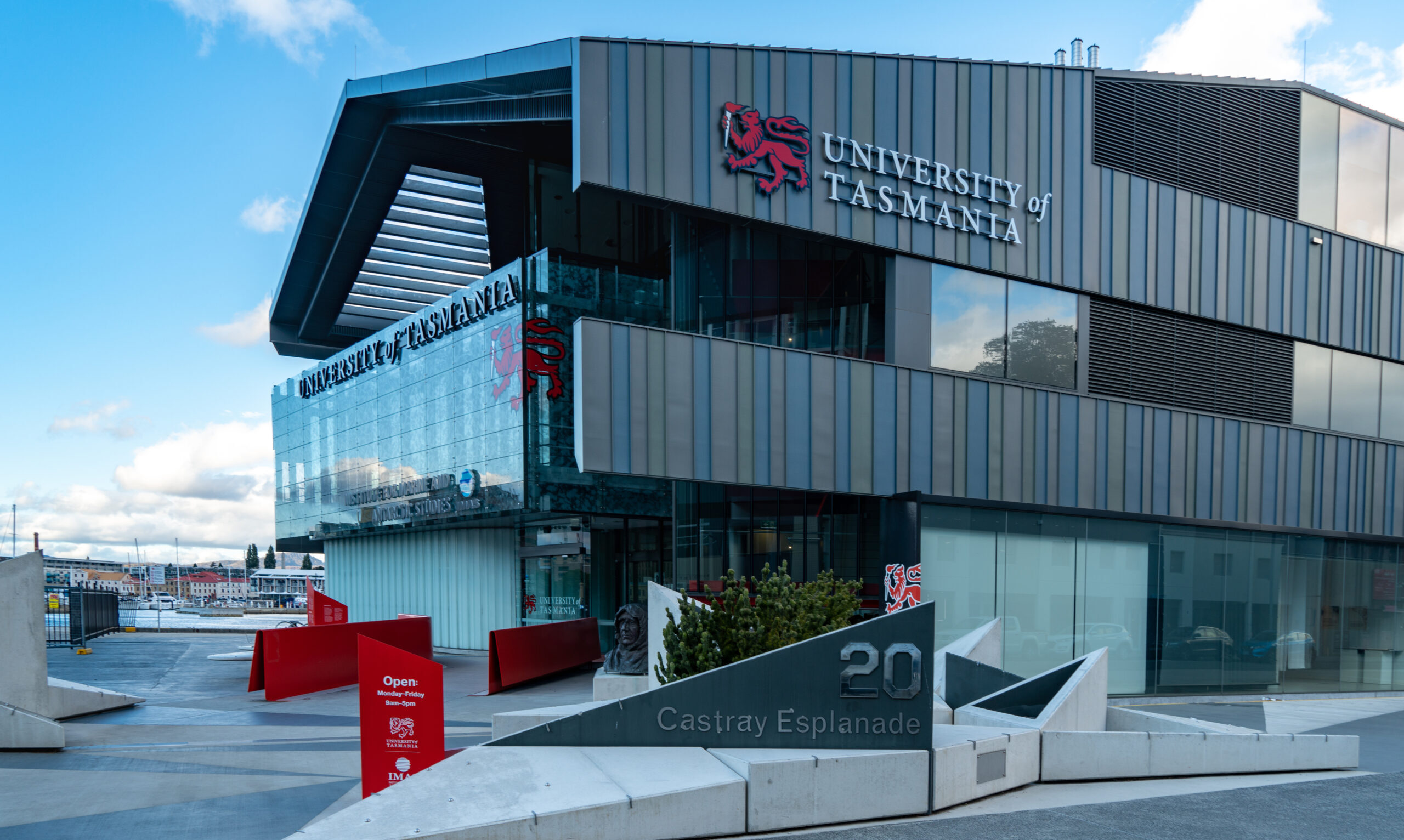Declining trust in institutions is a defining trend of our times. Universities are certainly not immune to it, with the idea of the deteriorating “social licence to operate” of the university now a common item of discussion.
Some point to the negative press coverage universities have faced in recent years. However, our recent report by UCL Policy Lab and More in Common highlights that something more fundamental is going on in our politics that universities must grapple with: the political centre of gravity has moved towards voters who are more sceptical of universities.
Since 2016 it is well understood that political attention has shifted towards working class or “left-behind” voters (depending on your preferred characterisation) and to seats in the Midlands and northern England. These voters tend to be non-graduates and are now more commonly those seeing Reform as a potential answer to their frustrations. What our analysis found was a striking gap between how they view universities compared to the remainder of the country.
Gap analysis
Graduates are overwhelmingly positive about universities – 81 per cent say universities have a positive impact on the nation. Among non-graduates, that figure drops to just 55 per cent. This is reflected in the wider set of concerns non-graduates have about higher education. Non-graduates are more likely to believe universities only benefit those who attend them and that the system is rigged in favour of the rich and powerful. They are also less convinced that universities have become more accessible to working-class students over the past 30 years.
It is their concerns that are driving the fact that a majority of voters emphasise the importance of vocational education over degrees and are worried about there being too many “Mickey Mouse” courses (although even graduates agree on that later point). Fewer than half are even fully aware that universities conduct research.
The graduate gap is in part what creates the more direct political challenge universities face. Reform voters are markedly more sceptical of universities than any other voter group. Less than half believe universities are good for the country. More than a third think they only benefit attendees, and nearly one in ten believe they benefit no one at all. Reform voters overwhelmingly did not go to university. If a key battleground of British politics over the next four years is to be Labour vs Reform, universities will need to engage with these voters’ concerns if they going to find their place in the conversation.
Reaching the sceptics
This challenge is not insurmountable. There is as much to be positive about as concerned. Our polling showed the clear majority, 61 per cent, see universities as a positive influence, both nationally and locally and the cynicism regarding some aspects of what universities are delivering is not as dire as that faced by many other institutions. Despite their relative scepticism, 45 per cent of Reform voters still see universities as benefiting the country.
Those we spoke to in focus groups were not unpersuadable. We found some scepticism, but not hostility. Another recent report by More in Common and the UCL Policy Lab ranked universities as “medium-high” in terms of how trusted they are by voters. In the turbulent times we are in, that is not a bad position.
As well as outlining where the challenges lie, our report shows how universities might go about maintaining trust and reaching more sceptical voters. Three lessons stood out.
The first is addressing the sense that universities are not supporting the skills needs of the country. The biggest concern we found about universities is the declining perception of the value of a degree. Focus groups bore out what this meant – degrees not resulting in a good job. There are two arguments which played out in focus groups that might help convince sceptics. Either that more degrees have a clear path, like those for teachers, lawyers and doctors, or by explaining the value of a degree in broadening minds and “opening doors” – that is, leading to a good job that may not relate to the content studied. Regardless, the public want confidence that universities are training the next generation of skilled professionals.
The second is by demonstrating the value of research, and the innovation and civic engagement it allows, to those who do not attend university. On this point there is much potential. When asked, the public are highly supportive of universities’ role in R&D and see it as a core purpose. In focus group discussions, a sense emerged of the benefits of university research – seen as carried out with a long term and neutral perspective. Yet few raise research unprompted, and less than half of non-graduates in our poll were even fully aware that universities do research. Articulating this role and how it benefits lives is a clear imperative.
Third is the local role. We found many see universities as a source of local pride, with the idea that universities support local business – and make their areas more vibrant – resonating. At the same time there are concerns, for example around housing and anti-social behaviour. A focus on enhancing the former and acting as a good neighbour on the latter would therefore be advisable.
All this sits in a wider context of how the public sees universities, which was at the core of what we found. In the public imagination, universities are national institutions with clear responsibilities. Indeed, Reform voters are the most likely to say that universities should focus on their national responsibilities as opposed to their international connections. Showing how these responsibilities are being met – for the whole country, not just those who study for a degree – is how the sector can maintain public trust, and meet the political challenge it faces.



